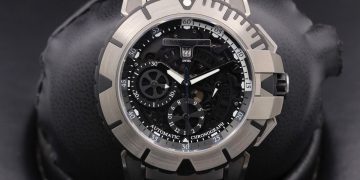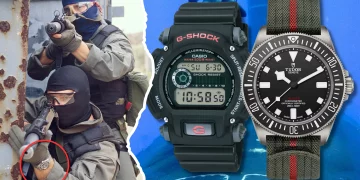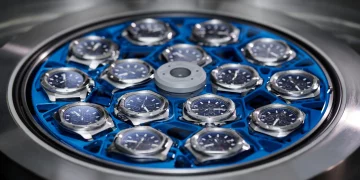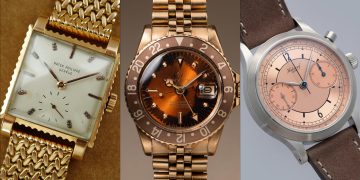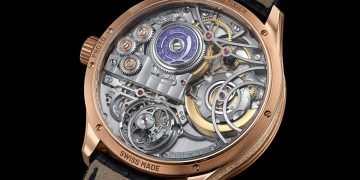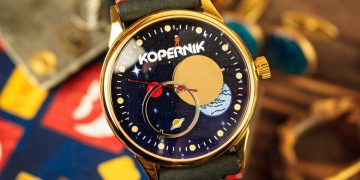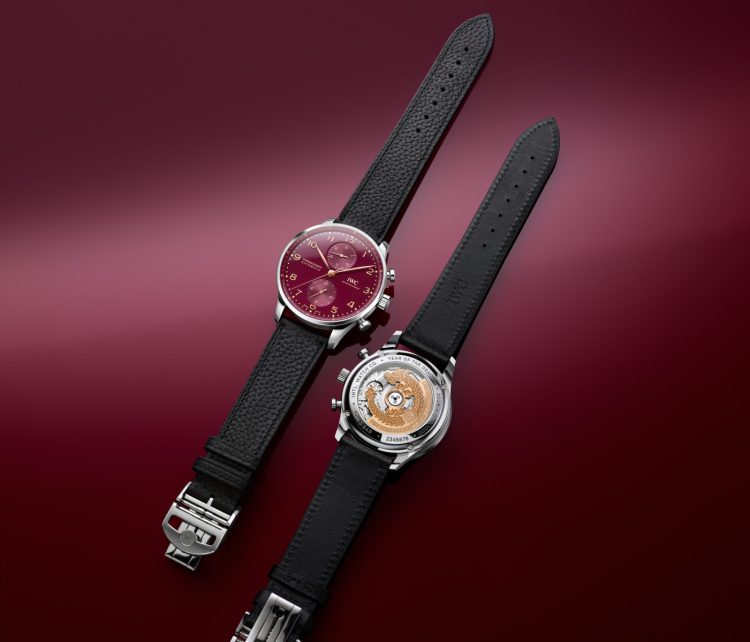Introduction
The world of traditional watchmaking, renowned for its craftsmanship, elegance, and mechanical ingenuity, has been one of the last to embrace modern technological advancements. Despite being centuries old, mechanical watches continue to captivate collectors, enthusiasts, and professionals, largely due to the meticulous care and heritage involved in their creation. However, as we advance further into the 21st century, the role of technology has increasingly impacted all sectors of life, including horology.
Technology, from computer-aided design (CAD) to automated manufacturing processes, has significantly reshaped how watches are produced, improving efficiency, precision, and reliability. But how does this fit into the realm of traditional watchmaking? Can modern technological tools enhance the precision and reliability of traditional mechanical movements without sacrificing the artistry and craftsmanship at the core of the watchmaking tradition? This article seeks to answer these questions by exploring the intersection of technology and traditional horology.
In this article, we will explore how technology has influenced, and continues to influence, the mechanical precision of traditional watchmaking. We’ll analyze how the application of new materials, improved manufacturing techniques, and innovations in movement design are enhancing traditional craftsmanship while maintaining the core values of quality, reliability, and aesthetics.
1. Traditional Watchmaking: A Brief Overview
1.1 The Origins of Traditional Watchmaking
Watchmaking began as a craft over five centuries ago, evolving from the early spring-driven clocks in the 16th century to the intricately designed mechanical movements that today are valued for their precision and artistry. The traditional art of watchmaking emphasizes manual craftsmanship, mechanical movements, and aesthetic design.
- Key Components of a Mechanical Watch: Mechanical watches, unlike their quartz counterparts, rely on intricate gears, springs, and levers to track time. This manual system has been perfected over centuries through advancements in metallurgy, gear design, and artistic techniques.
- The Importance of Craftsmanship: Historically, watchmaking was deeply tied to human expertise, with master watchmakers individually assembling movements and cases. This craftsmanship was the foundation for watchmaking traditions in countries such as Switzerland, Germany, and France.
1.2 The Hallmarks of Precision and Reliability in Traditional Watches
Traditional watches are revered for their precision—often measured in fractions of a second—and their durability, with many watches capable of withstanding years, if not decades, of daily use.
- Chronometric Precision: Watch brands like Patek Philippe, Rolex, and Audemars Piguet have continually pushed the boundaries of mechanical precision, developing timepieces with remarkable accuracy.
- Durability and Longevity: A well-made mechanical watch is designed to last for generations, often passing from one owner to the next. The reliability of the movement and materials is crucial to maintaining the watch’s performance over time.
2. The Role of Technology in Watchmaking
2.1 Technological Tools in Modern Watchmaking
While traditional watchmaking is rooted in manual processes, technology has played a significant role in improving production methods and enhancing the precision and reliability of mechanical movements. CAD software and 3D printing, for example, have revolutionized the design and prototyping processes, enabling watchmakers to create more accurate, innovative components.
- Computer-Aided Design (CAD): CAD allows watchmakers to model complex components with unprecedented precision, leading to the production of parts that are both efficient and visually stunning. This technology is particularly useful in the creation of gears, escapements, and bridges that must fit perfectly within the watch movement.
- 3D Printing and Rapid Prototyping: 3D printing technology enables watchmakers to quickly prototype parts, test designs, and ensure components fit together seamlessly. This reduces the time spent on traditional trial-and-error methods and enhances the overall quality of the timepiece.
2.2 The Use of Advanced Materials
One of the most significant technological advancements in watchmaking has been the introduction of new materials that improve the precision, durability, and reliability of watches.
- Ceramic: Ceramic is now used in many modern watch cases and bezels due to its scratch resistance and light weight. Brands like Rolex and Omega have adopted ceramic to improve the performance and aesthetics of their timepieces.
- Silicon: Silicon has emerged as a key material in horology, particularly in the creation of escapements and balance springs. Silicon’s resistance to magnetic fields, corrosion, and temperature fluctuations helps improve the reliability and precision of mechanical watches.
- Titanium: Titanium has become a popular material for watch cases due to its strength, lightness, and resistance to corrosion. It is also hypoallergenic, making it a desirable choice for luxury watchmakers.
2.3 High-Tech Manufacturing Techniques
While traditional watchmaking relies on human skill and handcraft, modern watchmaking incorporates high-tech processes that improve the precision of mechanical movements.
- CNC Machines: Computer Numerical Control (CNC) machines allow for the automated production of watch parts with extreme precision. These machines can create components with tolerances that are measured in microns, far surpassing what could be achieved by hand.
- Laser Technology: Laser technology has allowed for the creation of more intricate and precise engraving, as well as improving the quality of components such as screws and spring bars. Additionally, lasers are used in the development of specific movement elements like escapements and balance wheels.
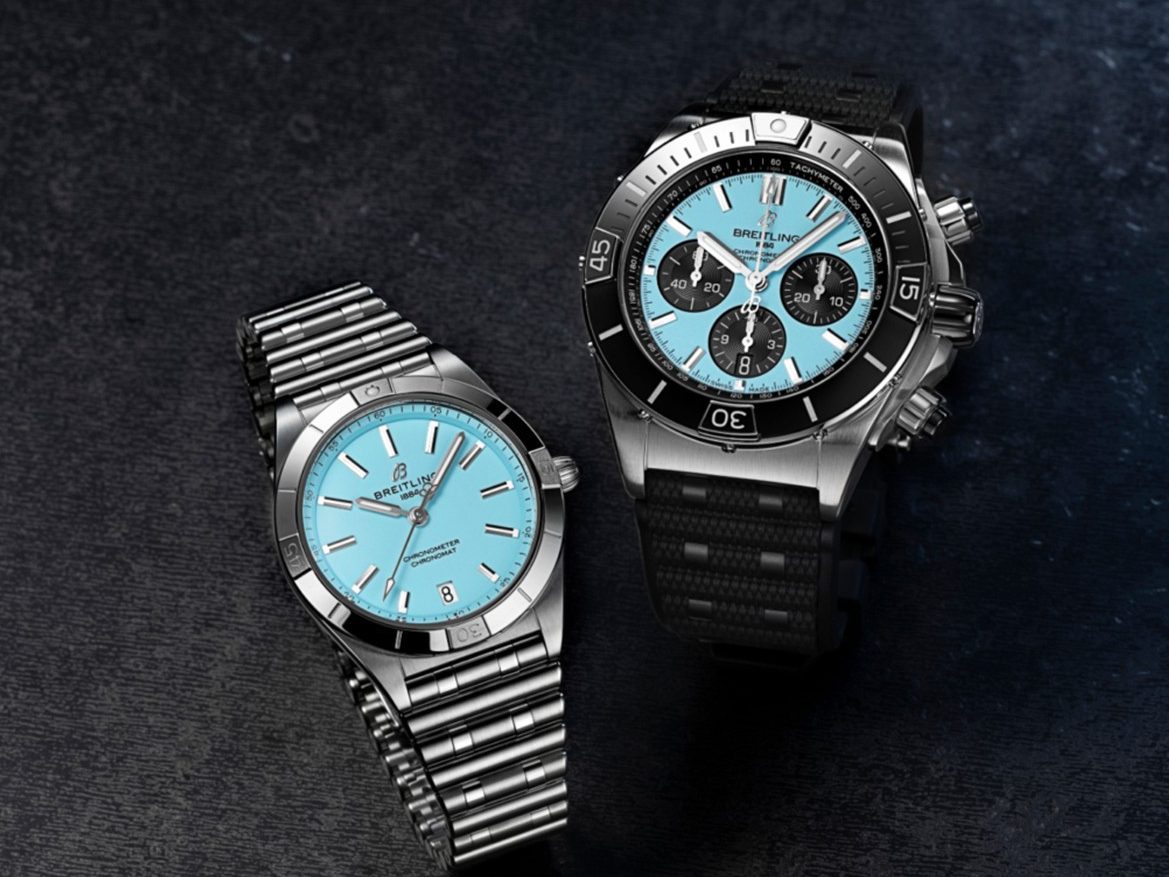
3. Technological Advancements in Movement Design
3.1 The Evolution of the Movement: From Manual to Automatic
While traditional mechanical watches have long relied on manual winding or automatic movements, modern technological innovations are allowing for even greater precision.
- Automatic Movements: These movements are powered by the motion of the wearer’s wrist, an innovation that has significantly reduced the need for manual winding. Modern automatic movements, such as those found in Rolex or Omega watches, have been enhanced with advanced materials like silicon balance springs, improving their accuracy and reducing friction.
- Quartz Movements vs. Mechanical Movements: Quartz movements, which are powered by battery and quartz crystals, have revolutionized timekeeping by providing unprecedented accuracy. However, mechanical movements remain the gold standard for craftsmanship and aesthetics. The challenge for watchmakers is to combine the best of both worlds, using quartz’s precision alongside the tradition and artistry of mechanical movements.
3.2 The Development of the Tourbillon and Other Complications
Complicated watchmaking, particularly the creation of features like the tourbillon, perpetual calendar, and minute repeater, relies on high-level engineering to improve accuracy and functionality. Modern technology has played a significant role in refining these complications.
- The Tourbillon: Originally developed to counteract the effects of gravity on a watch’s movement, the tourbillon remains a hallmark of fine watchmaking. Today, new technologies like 3D printing and laser-cutting allow for even more precise tourbillons and other complications, making them more reliable and less susceptible to wear and tear.
- Perpetual Calendars: The development of perpetual calendars, which track the length of months and leap years, has been significantly improved by modern technology, allowing for more efficient mechanisms that require less manual adjustment.
4. The Impact of Technology on Precision and Reliability
4.1 Enhancing Accuracy with Advanced Tools
Technological advancements have had a substantial impact on the accuracy of mechanical movements. Modern machine-made components and microscopic tolerances have improved mechanical precision significantly.
- Enhanced Escapement Mechanisms: The escapement mechanism, responsible for regulating the release of energy in a mechanical watch, has been improved with the use of advanced materials like silicon. Silicon escapements offer greater resistance to magnetic fields and temperature fluctuations, ensuring more consistent timekeeping.
- Chronometric Testing: Modern testing equipment, such as chronometers and automated testing rigs, allows watchmakers to rigorously test the accuracy of their timepieces before they leave the factory. This ensures that even the most complex movements adhere to the highest standards of precision.
4.2 Improved Reliability through Durability and Resistance
Technology has also contributed to the overall durability and reliability of traditional timepieces. With the introduction of anti-magnetic materials, water-resistant seals, and shock-resistant mechanisms, modern watches are built to withstand more extreme conditions than ever before.
- Magnetic Resistance: Magnetic fields can interfere with the operation of mechanical watches, but with the use of materials like Nivachron or Parachrom alloys, watches now have greater magnetic resistance, ensuring consistent timekeeping in diverse environments.
- Shock Resistance: Innovations such as shock-absorbing systems and the development of soft iron inner cases allow watches to withstand impacts, making them more reliable for everyday wear.
5. Challenges and Potential Concerns
5.1 Preserving the Art of Traditional Watchmaking
One of the key concerns with the introduction of technology into watchmaking is the potential loss of traditional craftsmanship. As automated processes take over, there is a risk that the artisanal aspects of watchmaking could diminish.
- The Role of Human Expertise: Despite technological advancements, the skill of a master watchmaker remains vital in crafting the most complicated and precise timepieces. The challenge is to strike a balance between using modern tools and preserving traditional craftsmanship.
- Value of Handcrafted Movements: High-end mechanical watches that are entirely handcrafted are seen as the epitome of horological art. For many collectors, this aspect of traditional watchmaking is irreplaceable, and no amount of technology can replicate the human touch.
5.2 Balancing Technology with Tradition
The key to improving mechanical watchmaking lies in finding the right balance between modern technology and the preservation of time-honored techniques. Watchmakers must carefully integrate new technologies while maintaining the essence of the craft.
6. Conclusion
In conclusion, technological advancements have played an integral role in enhancing the precision and reliability of traditional mechanical watchmaking. Through innovations in materials, manufacturing processes, and movement design, modern technology has allowed watchmakers to refine and perfect their craft, ensuring that mechanical watches can compete with quartz and digital alternatives in terms of accuracy and durability.
While some traditionalists may worry about the loss of artisanal craftsmanship, the integration of technology has not necessarily diminished the artistry of watchmaking; rather, it has enabled it to evolve, creating timepieces that are both more precise and more reliable than ever before.
The future of watchmaking lies in the harmonious blend of traditional craftsmanship and modern technology, where innovation enhances rather than replaces the legacy of this centuries-old art form.



